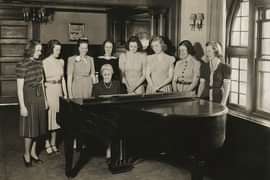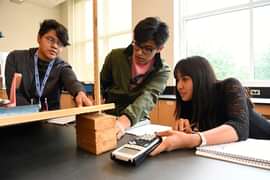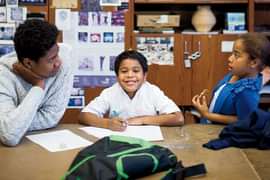
The Surest Foundation
Phillips Academy is almost as old as the United States. (We are, in fact, the oldest incorporated boarding school in the country.) Let that sink in. It’s pretty cool.
So yeah, we have a bunch of old brick buildings and a ton of stories about how our campus and program have evolved over the years. We’re very proud of our history. We draw inspiration from the past, frequently question it, and honor those who have come before us. Andover is no doubt steeped in tradition, but legacy is not what we tread on. We embrace our history so that we can define the future of Andover.
The Original Phillips
Andover is the older of the two Phillips Academies, which are independent of each other. Phillips Exeter Academy, located in Exeter, New Hampshire, was founded three years later by Samuel Phillips’s uncle, John Phillips. The two schools have enjoyed passionate sports competition since 1861, making it one of the oldest and most storied school rivalries in the nation.
President George Washington visited the Academy during its first year, and spoke in 1789 as part of his tour of New England.
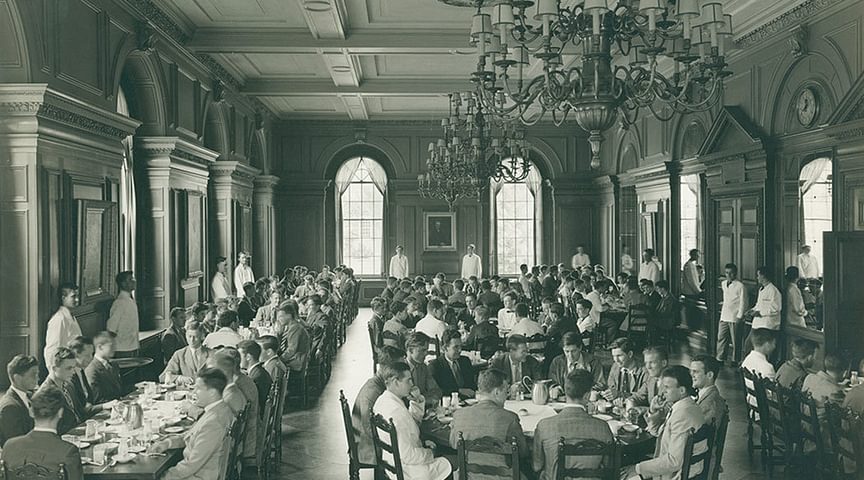
Andover’s main dining hall, Paresky Commons, was conceived and built by Thomas Cochran in 1928-1930. The building was upgraded in 1981 then restored and renovated in 2009.
Past Principals & Heads
Phillips Academy has had 16 heads of school. In 1928 the title was changed from Principal to Headmaster; in 1994 the title was changed to Head of School.
Eliphalet Pearson, LL.D. | 1778–1786 |
Ebenezer Pemberton, A.M. | 1786–1793 |
Mark Newman, A.M. | 1794–1809 |
John Adams, A.M., LL.D. | 1810–1833 |
Osgood Johnson, A.M. | 1833–1837 |
Samuel H. Taylor, LL.D. | 1837–1871 |
Frederic W. Tilton, A.M. | 1871–1873 |
Cecil F. P. Bancroft, PH.D., L.H.D., LL.D. | 1873–1901 |
Alfred E. Stearns, LITT.D, L.H.D., LL.D. | 1901–1933 |
Claude M. Fuess, PH.D., LITT.D, L.H.D., LL.D. | 1933–1948 |
John M. Kemper, L.H.D., LITT.D, LL.D. | 1948–1971 |
Theodore R. Sizer, PH.D., PED.D, LITT.D. | 1972–1981 |
Donald W. McNemar, M.A., PH.D. | 1981–1994 |
Barbara Landis Chase, M.L.A. | 1994–2012 |
John G. Palfrey Jr., M.PHIL., J.D James F. Ventre ’79, A.B. (interim) Dr. Raynard S. Kington, MD, PH.D. | 2012–2019 2019–2020 2020– |
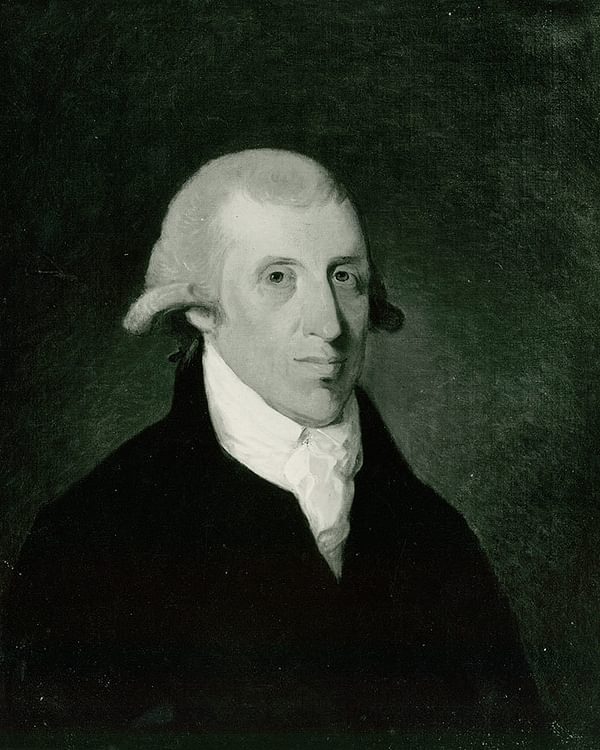
The Academy, widely known today as “Andover,” was founded at the height of the American Revolutionary War in 1778 by the Honorable Samuel Phillips Jr.
A converted carpenter’s shop served as Andover’s first classroom and contained a small group of boys of various ages, among them, a fifer in his father’s militia by the name of Levi Hutchens, who went on to invent the alarm clock; a future mayor of Boston and president of Harvard University, Josiah Quincy III; and John Lowell Jr., who would one day found Harvard Law School.
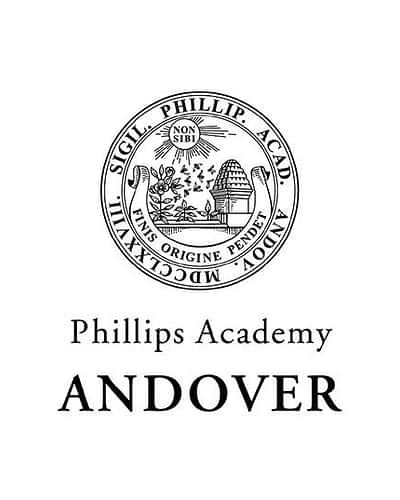
[footnote]
The account book of Paul Revere, the leading silversmith of the day and one of the iconic figures of the American Revolutionary War, says that on April 5, 1782, he received two pounds eight shillings from John Lowell, a trustee of Phillips Academy, to engrave a silver seal.
Since its auspicious beginning, Andover has stayed true to its original mission, as set forth by Judge Phillips in the school’s founding constitution. We continue to embody these founding mottos.
Finis Origine Pendet
The end depends upon the beginning.
Non Sibi
Not for self.
Youth From Every Quarter
From our constitution: “[Andover] shall be ever equally open to Youth, of requisite qualification, from every quarter.”
Knowledge and Goodness
From our constitution: “goodness without knowledge...is weak and feeble; yet knowledge without goodness is dangerous.”




Milestones
Beginnings
Abbot Academy
Innovations
Today
The Beginning
For a century, Phillips Academy shared its campus and board of directors with the Andover Theological Seminary, which was the first graduate institution of any kind in the United States. The Seminary moved to Cambridge in 1908, leaving behind much of what comprises the center of Phillips Academy’s present-day campus, including Pearson Hall (formerly Bartlet Chapel), Foxcroft Hall, and Bartlet Hall. In the 1920s and 1930s, the campus underwent a major expansion around this historic core, thanks, in large part, to the vision and philanthropy of alumnus Thomas Cochran, Class of 1890.
Campus Expansion
Additions included the neo-Georgian Samuel Phillips Hall, George Washington Hall, Oliver Wendell Holmes Library, and Cochran Chapel.
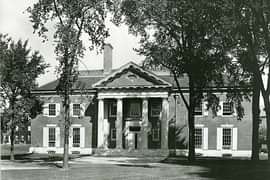
Lawning
Along with this new construction, at least nine existing buildings were moved to make way for the campus Vista and the Great Lawn.

Andover became coeducational in 1973, when it merged with Abbot Academy, one of the first schools in New England to be founded for girls. Though a fairly recent development, the roots of the merger can be traced back to Andover’s start: Phebe Phillips, Samuel’s wife, played a significant part in Andover’s founding, but her unwavering belief in her husband’s vision came with a caveat: after starting the all-boys academy, Samuel would help her start a similar one for girls. Phebe’s vision was posthumously realized on May 6, 1829, when Phillips Academy trustees opened Abbot Female Academy, later called Abbot Academy.
Innovator in Education
Andover has played an important role as an innovator in education. Driven by its desire to be “a private school with a public purpose,” Andover has spearheaded the development of such initiatives as Outward Bound, USA; the SSAT; School Year Abroad (SYA); A Better Chance (ABC); and the Advanced Placement (AP).
Looking toward the future
Since granting its first scholarship in 1779, Andover has taken to heart its mission to serve “youth from every quarter,” continually striving to remove whatever financial, racial, and religious obstacles have stood between young scholars and education.





